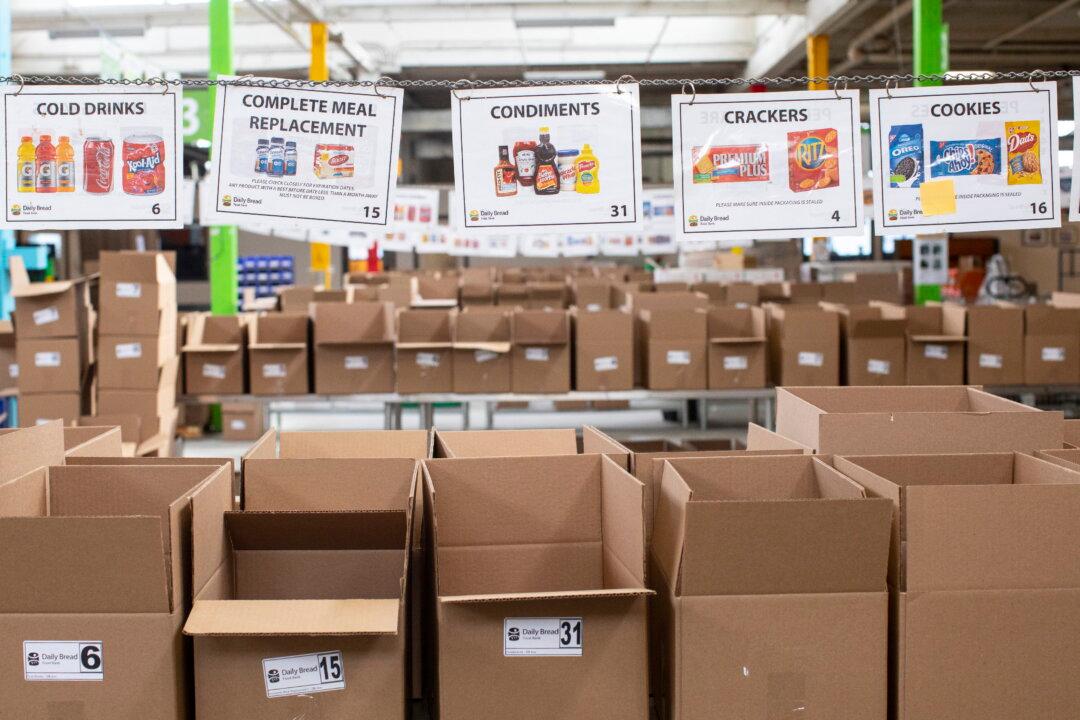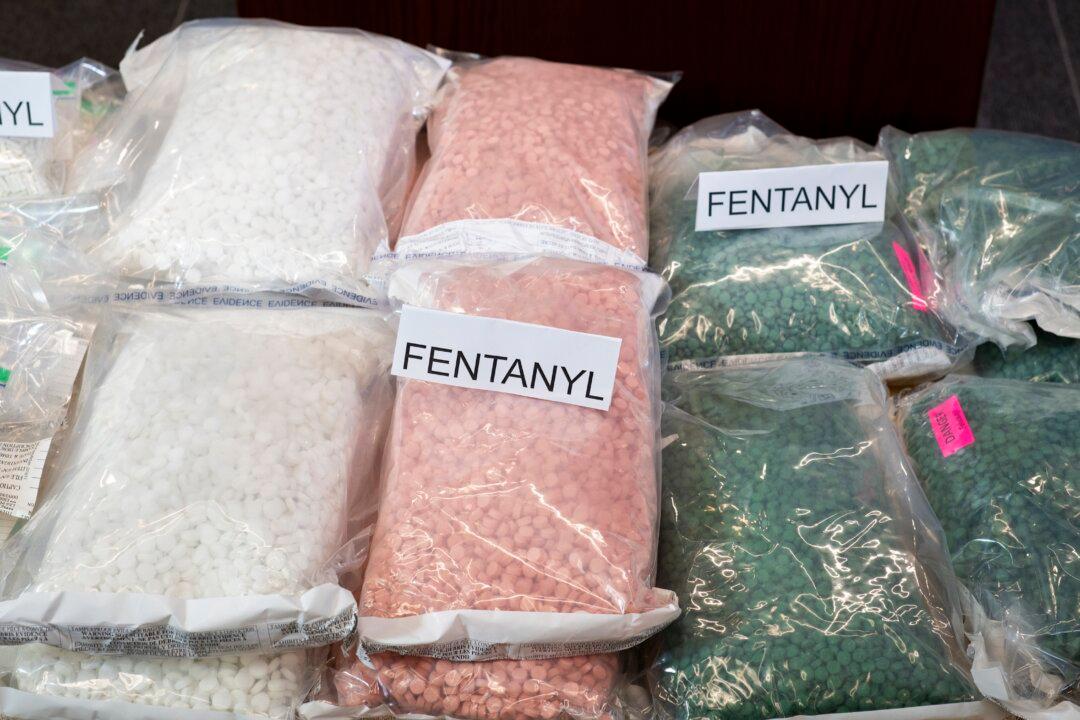More than one million Ontarians visited a food bank during the last fiscal year, a 25 percent increase compared to the year prior, according to a new report by Feed Ontario.
“When we released record-breaking data last year, we thought that was the high-water mark,” Feed Ontario CEO Carolyn Stewart said in a press release. “But food bank use has only continued to climb as more Ontarians find themselves struggling to make ends meet.”





